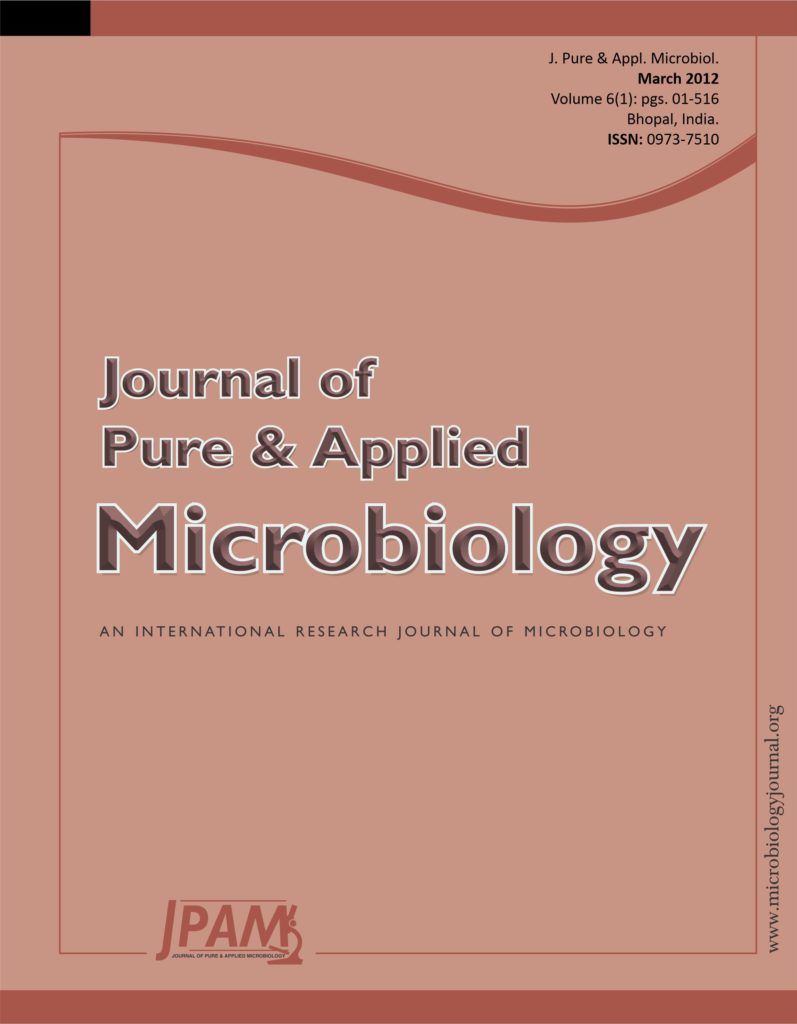Studies were undertaken to investigate the activity of Superoxide Dismutase (SOD), Catalase (CAT), ATPase and the SOD isoenzyme patterns in a lead resistant bacteria Bacillus cereus isolated from the industrial effluent contaminated with lead. The activities of SOD and CAT in Bacillus cereus increased with increasing concentrations of lead under aerobic conditions, reaching the highest level with 500 mg/l and 10,000 mg/l of lead, respectively. Lead also showed an evident influence on ATPase activity in the bacteria. Two SOD isoenzymes were detected in the bacteria by native PAGE analysis. It is thus presumed that lead causes oxidative stress which increases SOD and CAT activities, and also generates SOD isoenzyme in lead tolerating bacteria to antagonize the oxidative stress.
SOD, CAT, ATPase, Lead, Bacillus cereus
© The Author(s) 2012. Open Access. This article is distributed under the terms of the Creative Commons Attribution 4.0 International License which permits unrestricted use, sharing, distribution, and reproduction in any medium, provided you give appropriate credit to the original author(s) and the source, provide a link to the Creative Commons license, and indicate if changes were made.


